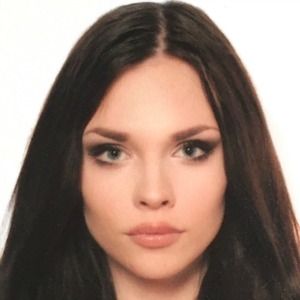
Milda Šiukštaitė interviews Ann Snow

What are the most important characteristics that a good teacher should have?
I think a good teacher must be prepared in the subject matter, which, if we are talking about English teaching, means that they should be life-long learners and always improve their English proficiency. They should be student-centred, not teacher-centred, so they should try to plan lessons that would involve a lot of interaction among their students. I think a good teacher has to be friendly, enthusiastic and approachable, so that students would not be nervous about speaking English, they would be more confident. Teachers should never be bored, because if they are bored – students will be bored. They have to find many ways to keep themselves interested.
What are the main differences between teaching children and adults?
The main differences are that children are still developing their cognitive abilities while they are learning in school, their thinking skills, their language skills, their analytical skills are still in development. Whereas adult students have already developed those skills, so the teacher can assume that adult students have fully developed cognitive skills. That is the main and most important difference. Sometimes you might read in a textbook that adult students are motivated because they are adults. If they are coming to learn English or coming to class they are already motivated, but I think that in terms of methods, you should be able to teach children and adults in many same ways because adults need to have fun and have a meaningful class, too. Usually we say that children should have fun and adults do not need to have fun, but I think that all age groups should see class as a place to learn, to have fun, to be interactive and to be involved. I think that the actual methods we use do not need to be that different. Adults like to sing, play games just like children do.
How did you get involved in CLIL?
In the United States we call it Content Based Instruction (CBI), but I think that the differences are very small, so I got involved in CBI. When I was a student, I was teaching in a summer program and my students were enrolled in “English as a second language” class which I was teaching. They were also enrolled in a university course. I was teaching students who were taking both classes, so my job as an English teacher was to attend the lectures in the contentclass and to help students with their reading, writing, speaking and listening skills they needed to do well in their content class. That is when I first got interested. Secondly, for my own research, my PhD, I was working in a school where children were learning Spanish in emergent class, so all of their instruction 100% of the day from kindergarten, first grade,second grade was in Spanish – their second language, so essentially it is like an intensive CLIL program but we call it immersion education. Then I was working with younger children in Spanish. Those are my two main areas that I got interested in.
Where did you get inspiration for teaching?
My mother was a teacher and my father-in-law was a principal so I have family involved in the teaching profession. I have always been interested in language, linguistics and foreign language teaching and I think it opens a new world for people who are studying a second language, learning a second culture. I have always been interested in travelling, so I am happy to have come to Lithuania. I think teaching has always made me a life-long learner because I have to reinvent myself to always try to be up-to-date to think about learning new material, to teach better. Even though I have been teaching for about thirty years, I still work really hard to be prepared and to learn new materials and give new materials to my students, so maybe the answer really is – my mother.
